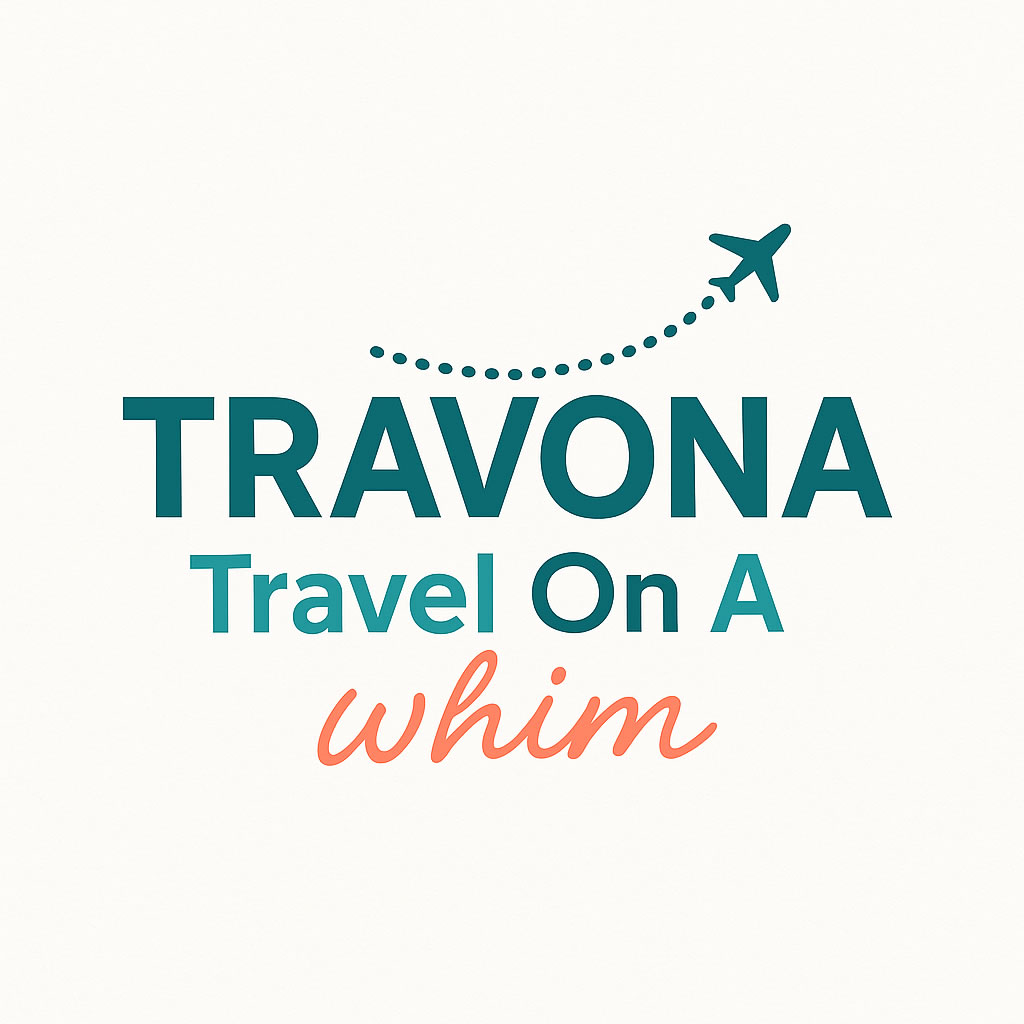What to bring for the wildest trip of your life
Going on a safari is a bucket-list experience—the kind that stays with you long after the dust settles. But unlike your average holiday, safari travel comes with its own packing rules. Whether you’re heading to the Serengeti, Maasai Mara, or Queen Elizabeth National Park, packing smart can make or break your adventure.
Here’s a complete, no-stress packing list so you can stay safe, comfy, and ready for whatever the wild throws your way.
🎒 Essentials You Shouldn’t Leave Behind
These are the absolute must-haves for any safari trip, no matter your destination.
– Valid passport & visa (if required)
– Vaccination certificates (especially yellow fever)
– Travel insurance documents
– Photocopies of important documents
– Cash in small denominations (USD or local currency)
– Travel guidebook or offline map app
👕 Clothing: Less is More (and Color Matters)
Safari fashion isn’t about looking good—it’s about blending in, staying cool, and keeping bugs away.
Clothing to pack:
– 2–3 lightweight long-sleeve shirts (for sun & bug protection)
– 2–3 pairs of breathable, neutral-colored trousers or shorts
– 1 warm fleece or jacket (for chilly mornings & nights)
– 1 wide-brimmed hat or cap
– 1 lightweight rain jacket or poncho
– Undergarments & socks (quick-dry materials preferred)
– Swimsuit (for lodge pools or camps with water access)
– Pajamas or comfy sleepwear
– 1 pair of sturdy walking shoes or boots
– 1 pair of flip-flops or sandals (for camp use)
🎨 Pro Tip: Stick to earthy tones like khaki, olive, and beige. Avoid bright colors (they attract insects) and dark blue/black (they attract tsetse flies).
🧼 Toiletries & Personal Care
Remote lodges and bush camps aren’t always fully stocked, so pack your basics.
– Toothbrush, toothpaste, floss
– Biodegradable soap & shampoo
– Sunscreen (high SPF)
– Lip balm with SPF
– Moisturizer & hand sanitizer
– Wet wipes & tissues (a lifesaver in the bush)
– Insect repellent (with DEET or natural alternative)
– Feminine hygiene products
– Nail clippers, tweezers, and small mirror
– Prescription medications (in original packaging)
🦟 Don’t forget malaria prevention if you’re traveling to high-risk zones. Speak to your doctor ahead of time.
📸 Safari Gear & Extras
This is where your experience goes from good to unforgettable.
– Binoculars – A good pair makes all the difference for wildlife viewing
– Camera – DSLR or mirrorless with a zoom lens if possible
– Extra batteries & memory cards
– Power bank (solar-powered is a bonus!)
– Universal travel adapter
– Flashlight or headlamp – Camps can get pitch dark
– Notebook & pen – For journaling or noting sightings
– Daypack – Lightweight bag for game drives & hikes
– Reusable water bottle
🎒 Travel light but don’t skimp on gear that helps you connect with the experience.
💊 First Aid & Health Essentials
While most safari lodges have basic first aid kits, it’s best to be prepared.
– Personal medications & prescriptions
– Pain relievers (ibuprofen/paracetamol)
– Antihistamines (for allergies or bites)
– Antidiarrheal medication (like Imodium)
– Electrolyte tablets or sachets
– Blister plasters & band-aids
– Motion sickness tablets (for bumpy drives)
🧘 Optional but Nice-to-Haves
– Lightweight travel towel
– Scarf or buff (for dust or sun protection)
– Snacks (granola bars, trail mix)
– E-reader or book for downtime
– Travel laundry detergent & line (if you’re packing light)
🗺 Final Word: Pack Smart, Travel Freely
Safari life is unpredictable—in the best way. From misty morning game drives to starlit dinners in the bush, it’s an experience of contrasts. The more prepared and comfortable you are, the more you’ll be able to soak in every moment.
And remember: you don’t need a massive bag to have a massive adventure. Pack light, pack smart, and let the wild welcome you.
Need help planning your safari?
👉 Check out our [Top Safari Packages]() and [Budget Safari Tips]() to get started.
Follow Travona.travel for more travel tips, destination guides, and real stories from the road.
